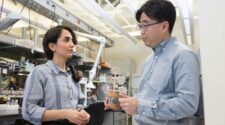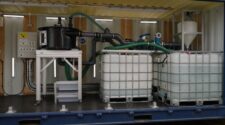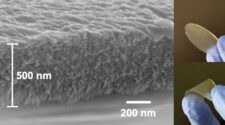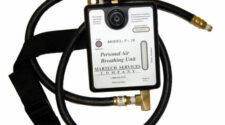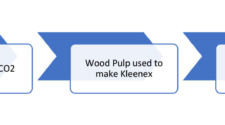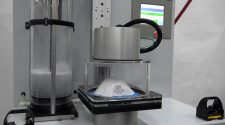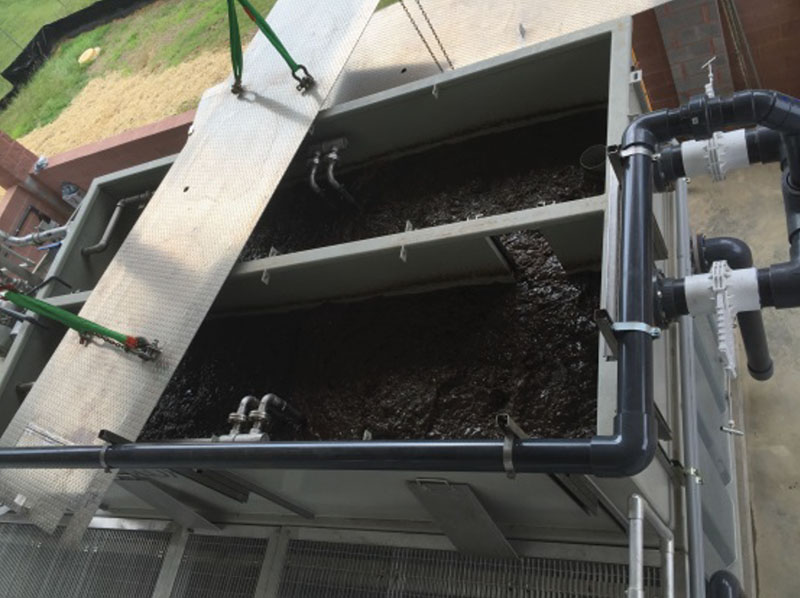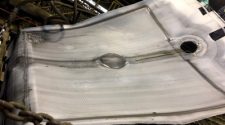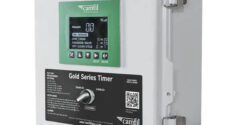Evonik Industries has opened another membrane production facility at its Austrian plant in Schörfling. The new hollow fiber spinning plant predominantly produces membrane modules for efficient nitrogen generation and for process gases. Nitrogen accounts for roughly 40 percent of the estimated global gas separation market, making it the second-largest market after natural gas.
Dr. Harald Schwager, deputy chairman of Evonik’s Executive Board, said: “The membrane business is an excellent example of how important innovations are for corporate success. Here, we are generating growth for Evonik with new products, and harnessing new markets in close cooperation with our customers.”
In Schörfling, Evonik currently produces gas separation modules predominantly for the biogas market and helium recovery. The new hollow fiber spinning plant doubles the existing production capacities for SEPURAN® membranes.
Dr. Claus Rettig, chairman of the Board of Management of Evonik Resource Efficiency GmbH, said: “The Schörfling investment expands our possibilities for placing the membrane portfolio on an even broader footing. Our aim is to offer our customers and partners custom-tailored membranes in the entire gas separation market.”
In total, Evonik has invested an amount in the mid double-digit million euro range in the expansion of the Austrian plant. Besides the new hollow fiber spinning plant, additional facilities have been created for technology development, application technology, membrane testing and quality assurance. Over 30 new jobs have been created in production and administration.
The company’s plant in Lenzing near the Schörfling site manufactures the source material polyimide, a high-performance polymer, which is spun and then further processed in Schörfling. The infrastructure in Lenzing is being correspondingly upgraded as part of site expansion.
SEPURAN® membranes are used for the highly efficient separation of gases such as methane, nitrogen, or hydrogen from gas mixtures. The innovative hollow fiber membranes made from high-performance plastic are at the heart of the separation process. They are highly resistant to high temperature and pressure, and can be adjusted to customer requirements. The advantages in using Evonik’s membrane technology for gas separation are down to the more precise separation of the gases and the greater productivity this offers.
The SEPURAN product family of Evonik’s Resource Efficiency Segment includes membranes for biogas processing, on-site nitrogen generation as well as for helium and hydrogen recovery. Within this Segment, the High Performance Polymers Business Line has been developing and producing high-performance plastics for more than 50 years that allow for resource-efficient innovations in a wide range of industries.
In 2011, SEPURAN Green membranes were successfully launched on the market for biogas treatment, and have been installed in over 100 biogas treatment plants all over the world.
Since then, the membrane technology has been continuously developed. Meanwhile, the SEPURAN Noble membrane for helium and hydrogen recovery has been added to the product range. Evonik expects the helium and hydrogen market to grow in the low double-digit percentage range in the next few years. In 2016, the specialty chemicals company and the technology group The Linde Group stepped up their collaboration in the gas separation market using membranes. The partnership has already resulted in a reference plant for helium recovery in Mankota (Canada) – the first of its kind in the world to combine both separation processes, membrane and pressure swing adsorption technology. The new plant processes more than 250,000 standard cubic meters of crude gas per day, and produces industrial-grade helium (99.999%).
The new hollow fibre membrane for efficient nitrogen generation – SEPURAN N2 – was added to the membrane portfolio in early 2016.


